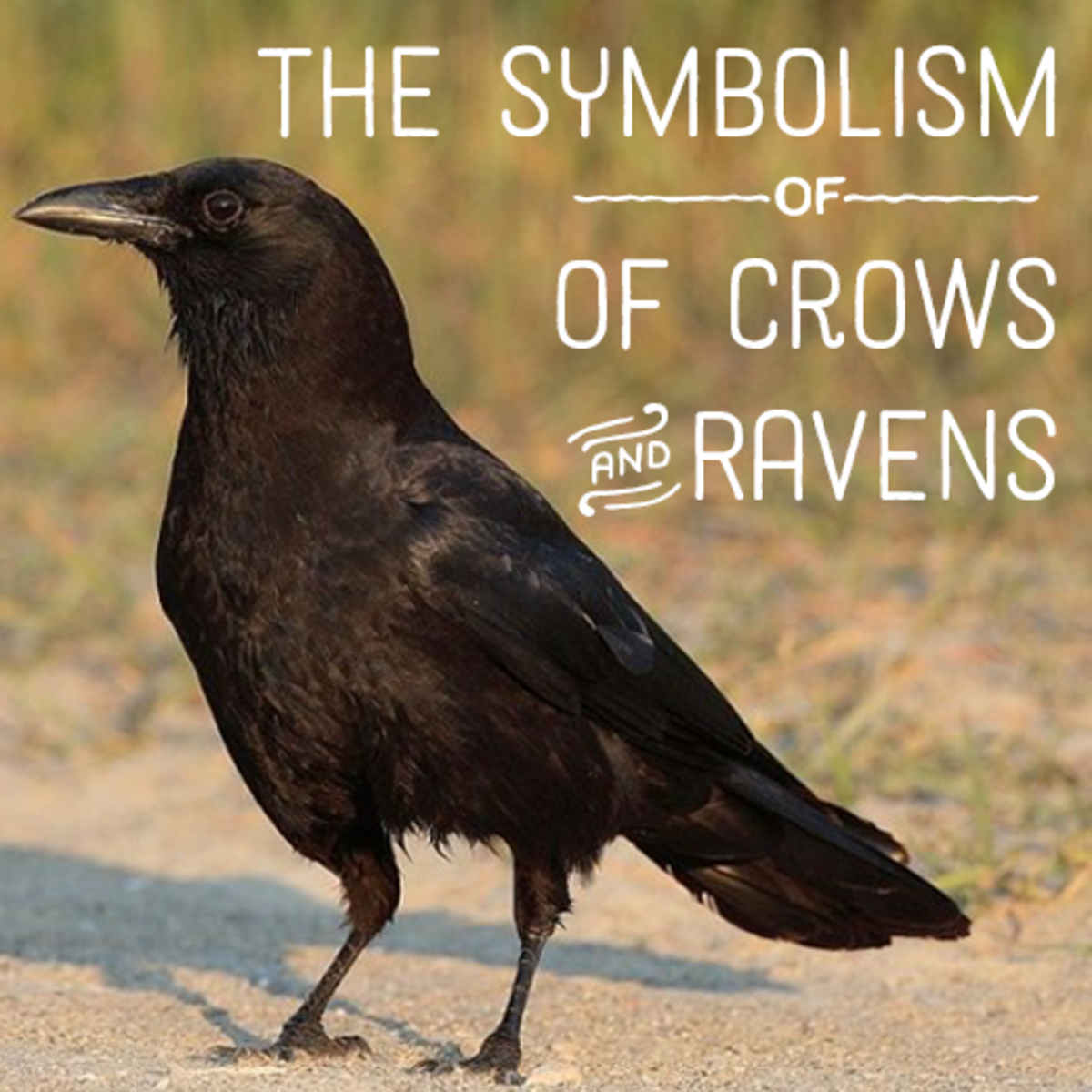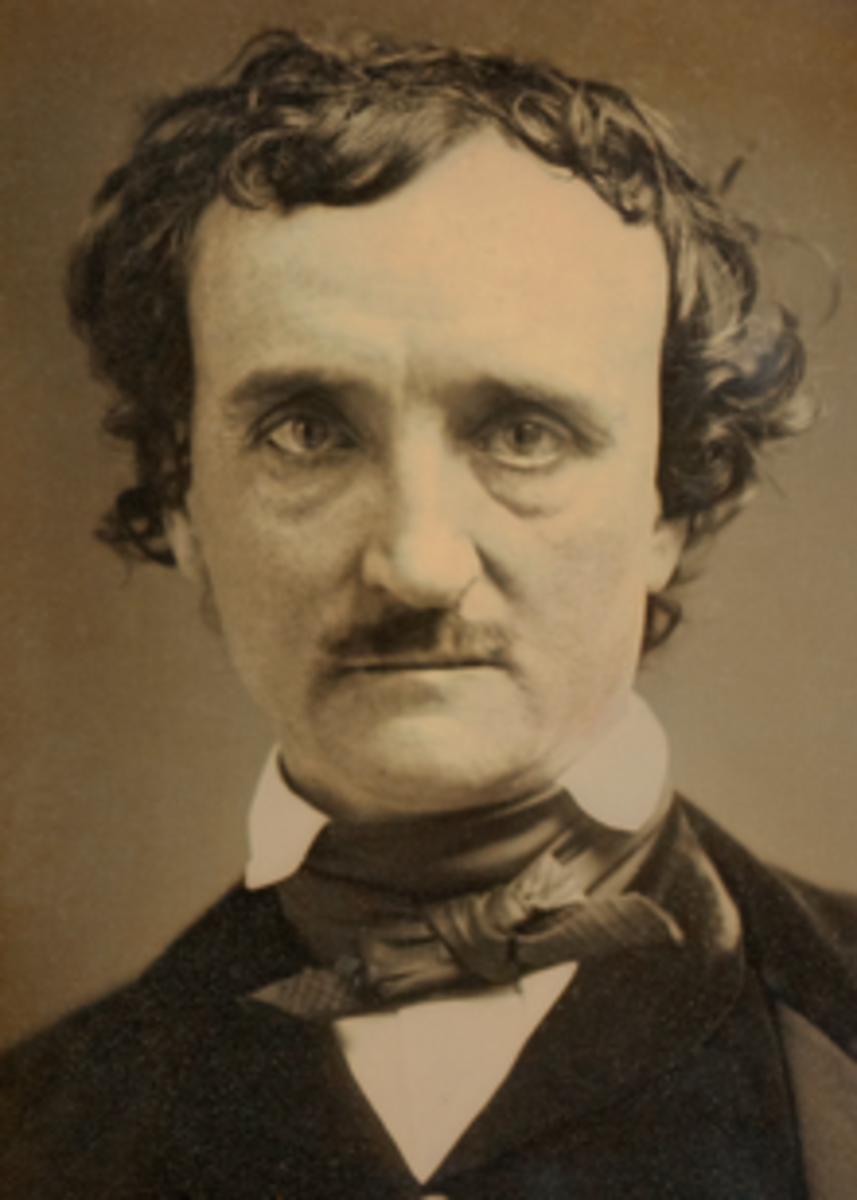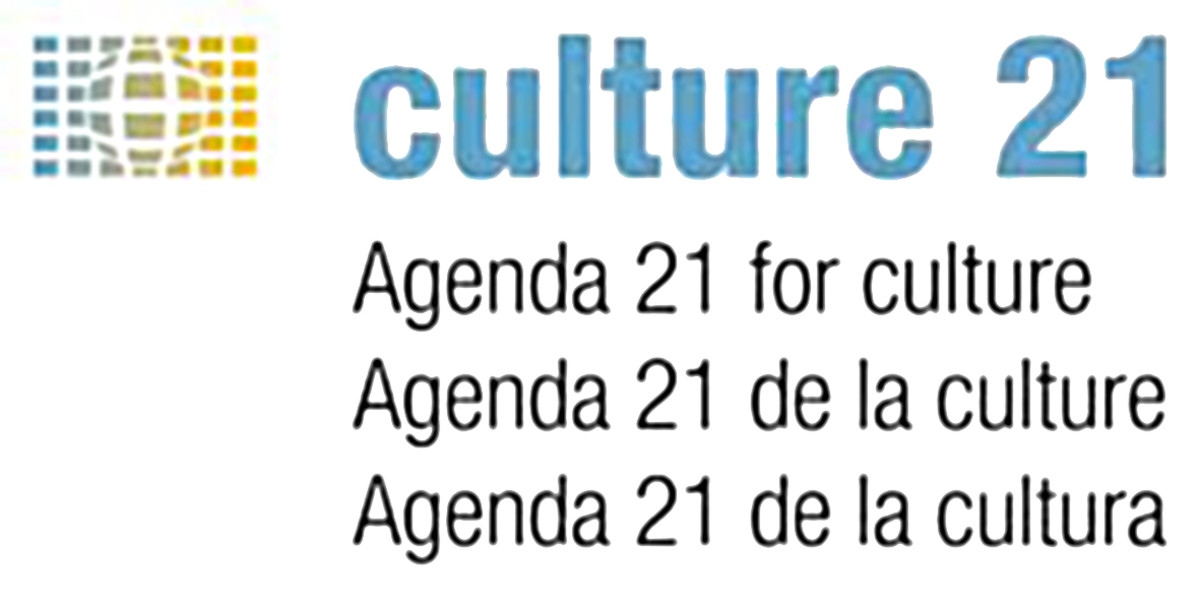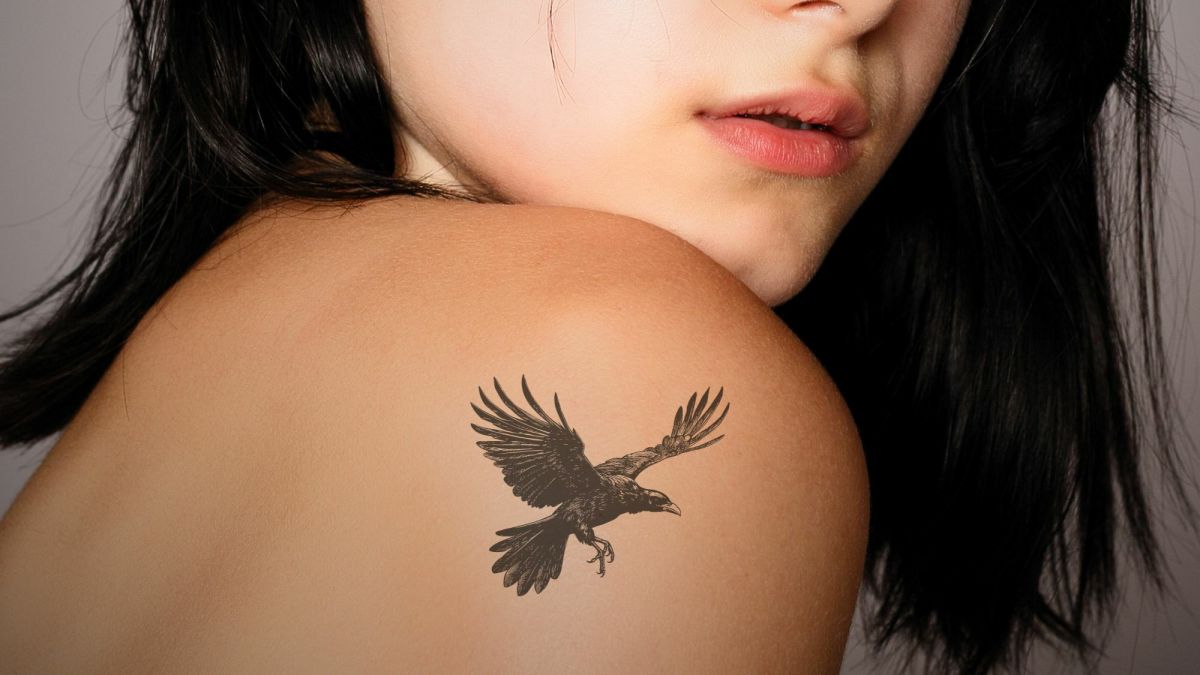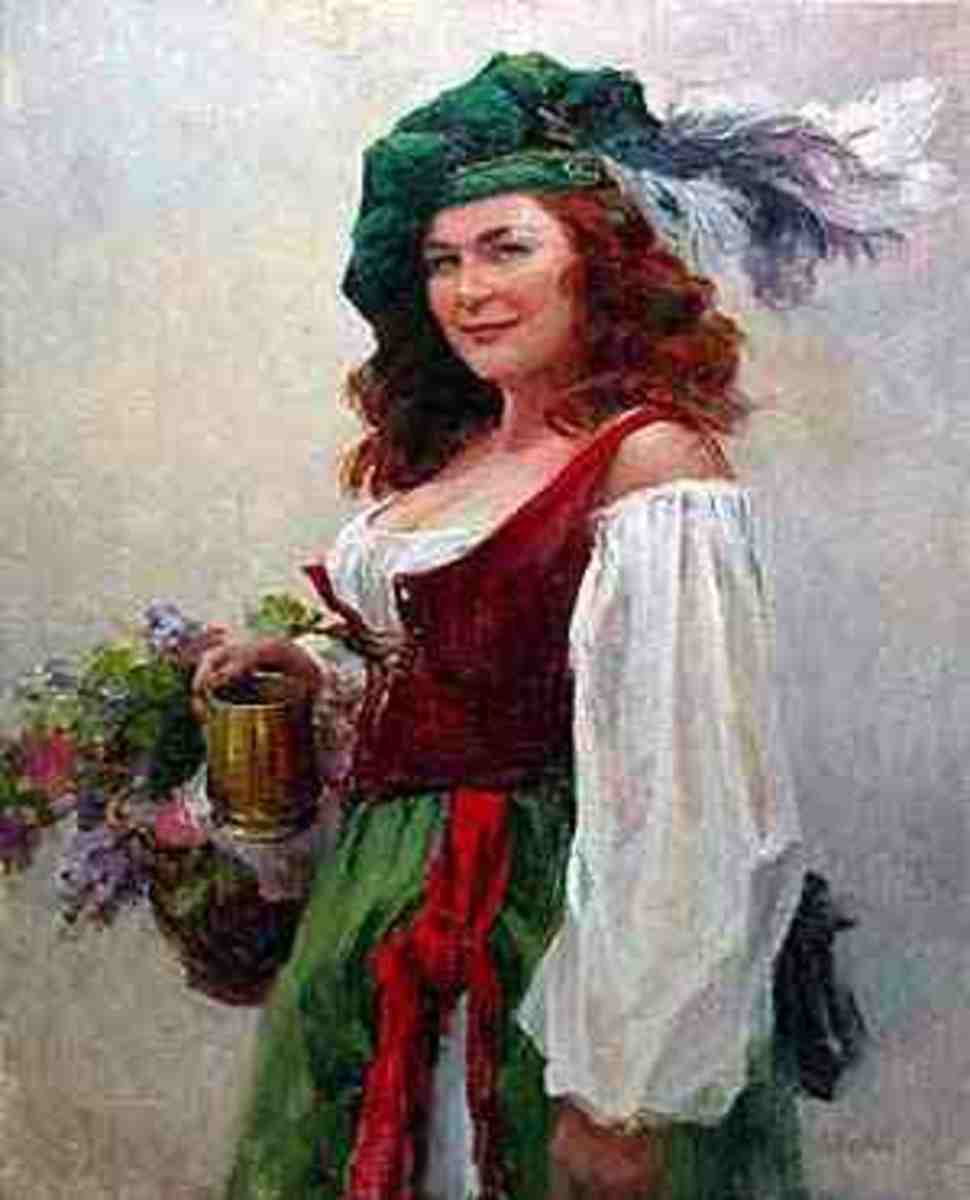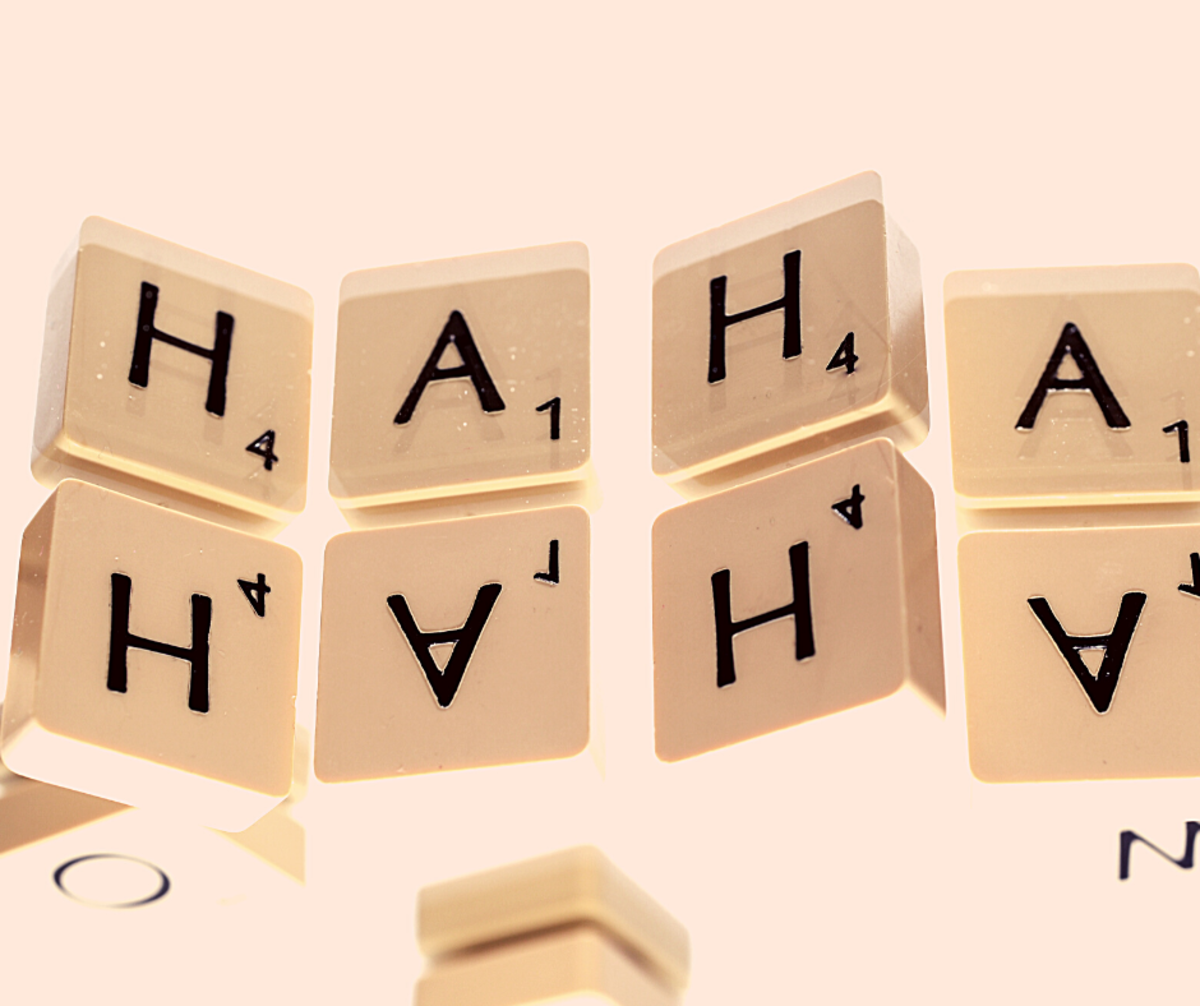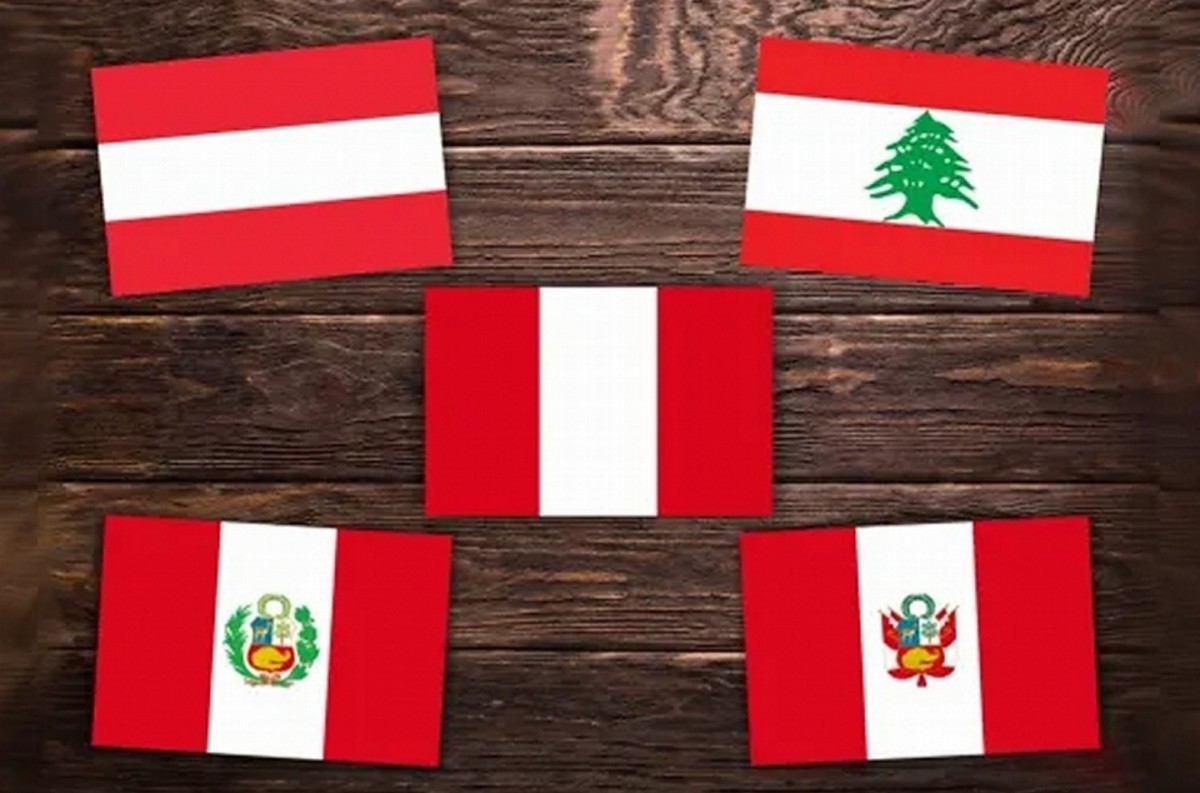Examining Edgar Allan Poe's The Raven

What is The Raven About?
It is a dream-like night during December. A student, half-asleep, sits in his chamber, while the dim light of the fireplace cast shadows on the floor. A tapping jolts the student from his chair. In his groggy state he opens the door, but finds no one there. Back in his chamber, the student's thoughts turn to his lost love, Lenore.
After another tapping, the student opens the window and in flies a raven. The bird perches on the bust of Pallas above the door. The student at first takes the bird's arrival as comical, which fills him with curiosity. This curiosity provokes the student to ask the raven what is his name. The raven replies, "Nevermore."
With such an odd answer, the student is compelled to pursue his line of questioning, but from this moment on the student becomes consumed with thoughts of Lenore. His state of mind becomes altered, and he begins to question the bird about his lost love Lenore. The raven, out of habit or perhaps it is the only word it can repeat, replies "Nevermore" to every question the student asks.

Symbolism in The Raven
Three main symbols in The Raven are: the raven, the bust of Pallas, and the word Nevermore.
- The raven can symbolize many things, but initially the raven becomes a catalyst by repeating the word "Nevermore." Repetition of this word reinforces the student's idea that the raven is a bad omen, a messenger from Hades. The raven, in turn, can also represent persistence through repeating the word "Nevermore," after each of the student's questions. The raven forces the student to voice his torment over losing Lenore, and his fear of never seeing her again.
- The bust of Pallas is related to the goddess Athena or Pallas Athena. This goddess was know for her wisdom. With the raven perched on the bust of Pallas, these symbols merge, delivering a message of persistent memory. Poe described the raven on the bust of Pallas as a "mournful and never-ending remembrance."
- The raven aids in releasing the student's repression of Lenore. His questions of will he see Lenore in the afterlife creates a never-ending cycle of bereavement and terror. His soul, or mind, will never be lifted out of the shadow of the raven, which serves as a constant reminder of his lost.

Images in The Raven
The following are a few images that aids in Poe's dark and gloomy Gothic style and tone:
- The images used in the poem reflect ideas of death, lost love, and the persistent reminder of lost. These unifying ideas can been seen in the gloom and dream-like descriptions of the student's chamber. For instance, the purple curtain is sad, the shadows from the fire's embers are referred to as a ghost, and even the month, December, reinforces the images of gloom and death.
- The rustling of the purple curtains, the tapping at the door and window, the perfumed air, and the arrival of the bird are all unnerving events that the student continuously tries to rationalize as normal, though as the student begins his line of questioning his mind begins to waver as to what is real and what is perceived.
- The description of the raven creates an ambiguous bird. The bird is compared to a croaking beast, with eyes that of a demon. In sharp contrast, the bird is also described with the demeanor of a lady or lord. The bird also speaks, making this no ordinary raven. The raven becomes a demonic, and yet graceful creature, which torments the student. The varying description of this bird, also creates a defamiliarization of the raven.


